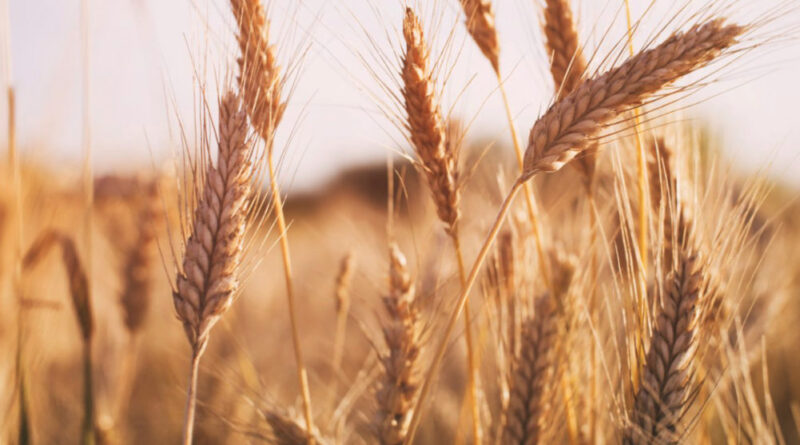Saudi Arabia’s wheat production continues to grow
Saudi Arabia continues to ramp up its wheat production and is expected to produce 25% more in 2024-25 for a total of 1.5 million tonnes.
This is the maximum allowed production quota and may be reduced or increased by the Ministry of Environment, Water and Agriculture (MEWA) depending on the underground aquafer and the world wheat supply, the Foreign Agricultural Service (FAS) of the US Department of Agriculture said in a report.
Wheat is grown under a voluntary program and limited to small farmers who are licensed by MEWA to grow either wheat or alfalfa hay. In the past, farmers preferred alfalfa hay as it was more profitable. However, the MEWA set wheat prices at $467 per tonne last year. Prices have yet to be set for the new crop, but farmers anticipate it will remain close to last year’s.
Consumption is expected to increase 5% to 4.75 million tonnes. Demand is expected to remain strong over the coming years, the FAS said.
With tourism increasing 63% from 2022 and expected to reach 70 million international visitors by 2030, the nation will need more wheat, rice and corn imports over the next several years.
The nation also is bringing in millions of workers to construct several billion-dollar projects throughout the country. In response, the poultry industry is growing along with the demand for rice.
“Historically, demand for food products peaks during Ramadan and the Hajj season, but that trend could change with so many ongoing projects underway,” the FAS said.
Rice consumption in 2024-25 is projected at 1.6 million tonnes, an increase of 6% from last year.
Saudi Arabia does not produce any rice and relies on imports for domestic consumption. Imports are estimated at 1.62 million tonnes in 2024-25, an increase of 4%.Imports are projected to increase 5% over the next several years due to expansions in the foodservice sector.
This article has been republished from The World Grain.

